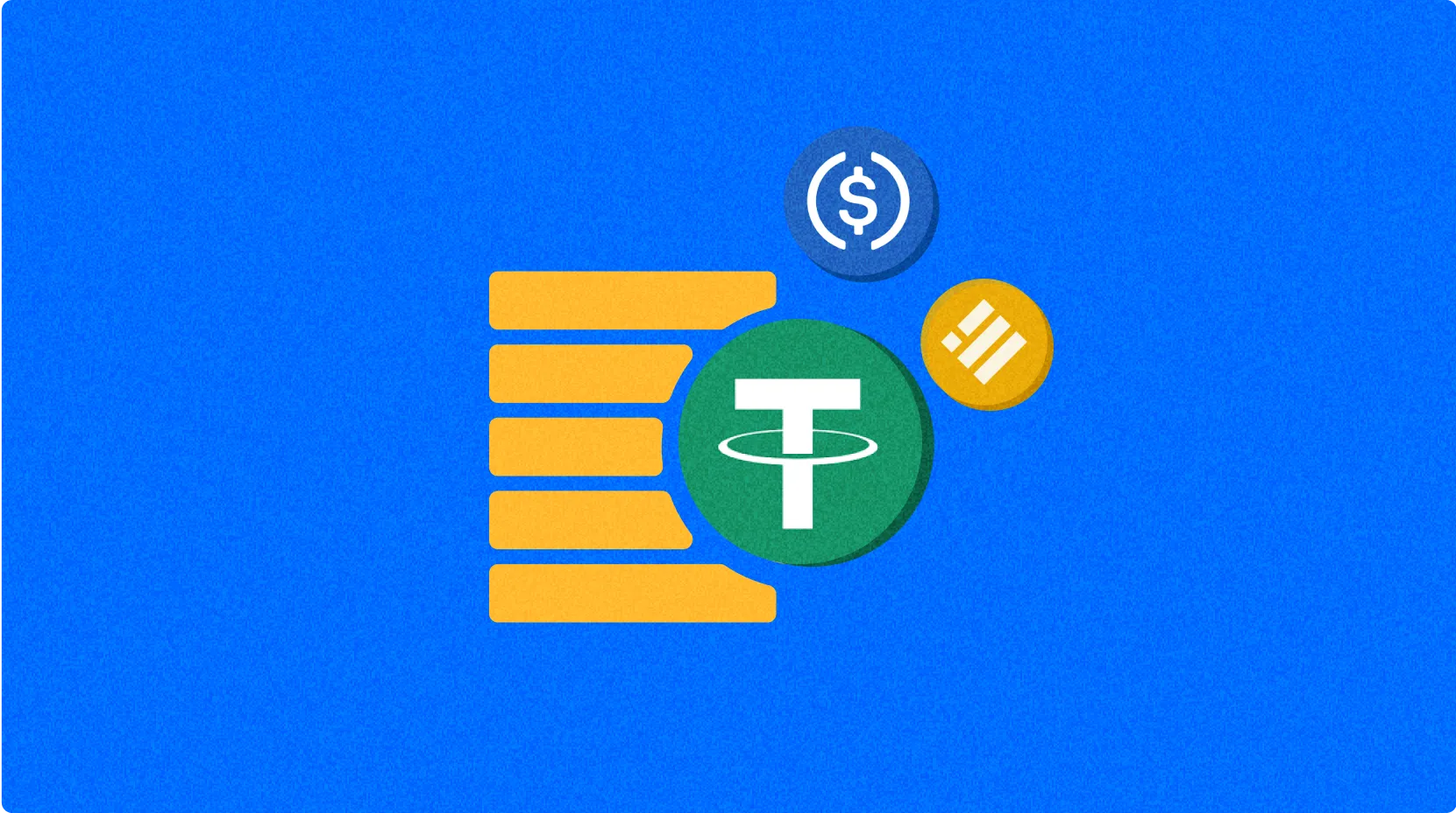Getirileri Maksimuma Çıkarmak: Gate.com’da ETH Stake Etme İçin Kapsamlı Rehber

Getirileri Maksimuma Çıkarmak: Gate üzerinden ETH staking için Kapsamlı Rehber
Gate ile ETH Staking’in Gücünü Açığa Çıkarmak
Ethereum staking, kripto para yatırımcılarının ağ güvenliğine destek olarak pasif gelir elde etme biçimini kökten değiştirdi. Kasım 2025 itibarıyla ETH staking, kripto varlıklarını artırmak isteyenler için olgunlaşmış bir yatırım stratejisi haline geldi. Gate, ETH staking’e yenilikçi ve erişimi kolay bir yaklaşım sunarak, bu konsepti yeni keşfedenler için bile süreci basitleştiriyor. Bu kapsamlı rehber, Gate’in platformunun kullanıcıların Ethereum’un proof-of-stake konsensüsüne, doğrulayıcı node’ları bağımsız çalıştırmanın teknik karmaşıklığı olmadan katılımını nasıl sağladığını detaylandırıyor.
Ethereum ağı, proof-of-work’ten proof-of-stake’e geçişi ve çeşitli güncellemeleriyle önemli ölçüde evrildi. Shanghai yükseltmesi, stake edilen ETH’nin çekilebilir olmasını sağlayarak erken dönem stake edenler için önemli bir sorunu çözdü. Artık ETH 2.0 staking; Ethereum’unuzu ağda tutarak işlemleri doğrulamaya ve blokzinciri güvenceye almaya yardımcı olmanız anlamına geliyor. Karşılığında, stake edenler yatırdıkları miktara orantılı ödüller alıyor. Gate, staking’in teknik detaylarını kullanıcı dostu arayüzüyle yöneterek katılımcılara rekabetçi getiriler sunuyor. Platformun güçlü güvenlik önlemleri ve şeffaf ödül dağıtım sistemi, Gate’i hem yeni başlayan hem de tecrübeli kripto yatırımcıları için güvenilir pasif gelir fırsatları sunan en iyi ETH staking platformlarından biri konumuna getiriyor.
Getirileri Maksimuma Çıkarmak: Gate’in ETH Staking Avantajları
Gate, yatırımcı getirilerini maksimize eden önemli avantajlar sunarak ETH staking platformları arasında liderliğini pekiştirdi. Platform, sektörde düzenli olarak en yüksekler arasında yer alan rekabetçi Yıllık Yüzde Getiri (APY) oranları sağlıyor. Geleneksel staking yöntemleri ciddi teknik bilgi gerektirirken, Gate’in çözümü bu bariyerleri ortadan kaldırıp zincir üstü ETH staking’in temel faydalarını karmaşıklık olmadan sunuyor.
Gate’in staking hizmetinin başlıca avantajlarından biri, farklı yatırım stratejilerine uygun esnek seçenekler sunmasıdır. Kullanıcılar, kilitli ve esnek staking vadeleri arasında seçim yaparak potansiyel getiri ile likidite ihtiyaçlarını dengeleyebiliyor. Platformun gelişmiş güvenlik altyapısı, stake edilen varlıkları korumak amacıyla birden fazla koruma katmanı, fonların büyük kısmı için soğuk cüzdan kullanımı ve düzenli güvenlik denetimleri içeriyor. Bu kapsamlı güvenlik yaklaşımı, Gate’in ETH staking hizmetini başlattığından beri stake edilen varlıklar için kusursuz bir güvenlik sicili oluşturmasını sağladı.
| Özellik | Gate Staking | Geleneksel Zincir Üstü Staking |
|---|---|---|
| Minimum Stake | 0,1 ETH | 32 ETH |
| Teknik Gereksinimler | Yok | Node işletme uzmanlığı |
| Çekim Esnekliği | Mevcut (şartlara bağlı) | Ağ kurallarına tabi |
| Güvenlik Yönetimi | Platform tarafından yönetilir | Kendi başına yönetim |
| APY (Ortalama) | %4-%5 | %3-%6 (operasyonel maliyetler hariç) |
Gate’in bileşik faiz seçeneği, kazanılan ödüllerin otomatik olarak yeniden yatırılmasıyla potansiyel getirileri daha da artırıyor; böylece zamanla kazançlarda ciddi bir kartopu etkisi oluşuyor. Platformun şeffaf ücret yapısı, kullanıcıların ne kazandıklarını tam olarak anlamalarını sağlayarak getirileri azaltabilecek gizli maliyetleri engelliyor. Bu avantajlar, teknik altyapı yönetmeden maksimum getiri arayan yatırımcılar için Gate’i ETH staking’de güçlü bir seçenek yapıyor.
Adım Adım Rehber: Gate’de ETH Stake Etme
Gate ETH staking rehberi, tüm kullanıcıların teknik deneyimi ne olursa olsun erişilebilirliği sağlamak için sadeleştirildi. Gate’de ETH stake etmeye başlamak için kullanıcıların önce platformda hesap oluşturup doğrulaması gerekiyor. Bu süreç, mevzuata uygunluk için standart KYC prosedürlerini içeriyor. Doğrulama tamamlandıktan sonra, bir sonraki adım Gate cüzdanına ETH yatırmak. Kullanıcılar, harici cüzdanlardan ETH transfer edebilir veya kredi kartı, banka havalesi ya da diğer kripto paralar ile doğrudan platform üzerinden ETH satın alabilirler.
Hesaba fon aktardıktan sonra kullanıcılar, Gate arayüzünde "Earn" veya "Staking" bölümüne geçebilir. Burada, ETH staking seçeneği diğer kripto para birimleriyle birlikte listelenir. Platform, farklı vadeler, kilitlenme süreleri ve beklenen getirilerle çeşitli staking ürünleri sunar. Kullanıcılar, yatırım hedeflerine en uygun ürünü belirlemek için bu seçenekleri dikkatlice incelemelidir. Bazı ürünler daha uzun kilitlenme süresiyle daha yüksek APY sunarken, bazıları biraz daha düşük getiriyle daha fazla esneklik sağlar. Uygun staking ürünü seçildikten sonra, kullanıcılar stake etmek istedikleri ETH miktarını belirler, beklenen APY, kilitlenme süresi ve erken çekim şartları dahil olmak üzere tüm koşulları gözden geçirip onaylar.
Staking işlemi birkaç dakika içinde tamamlanır, ardından kullanıcılar Gate kontrol panelinden stake edilen ETH ve biriken ödüllerini takip edebilir. Arayüz, kazanılan ödüller, kalan kilitlenme süresi ve stake edilen varlıkların yönetimi için gerçek zamanlı güncellemeler sunar. Gate platformu ayrıca, staking performansını zaman içinde izlemeye yardımcı olan analiz araçları sağlayarak kullanıcıların gelecekteki staking stratejileri için veri odaklı kararlar almasını mümkün kılar.
Zincir Üstü Staking vs. Borsa Staking: Hangisi Daha İyi APY Sunar?
Zincir üstü ETH staking’in avantajlarını Gate gibi borsalarda staking ile karşılaştırırken yalnızca APY oranlarına bakmak yeterli değildir; bir dizi ek faktör değerlendirilmelidir. Doğrudan zincir üstü staking, en az 32 ETH ve doğrulayıcı node’ları kurup yönetmek için teknik uzmanlık gerektirir; bu da çoğu yatırımcı için önemli bir giriş engelidir. Gate gibi platformlarda borsa staking ise, yalnızca 0,1 ETH ile teknik gereksinim olmadan katılım imkanı sunar ve bariyeri önemli ölçüde azaltır.
Kapsamlı bir APY karşılaştırması, bu yaklaşımlar arasındaki ince farkları gösterir:
| Staking Yöntemi | Ortalama APY | Min. Yatırım | Risk Seviyesi | Teknik Karmaşıklık | Likidite |
|---|---|---|---|---|---|
| Gate Borsa Staking | %4-%5 | 0,1 ETH | Düşük-Orta | Minimum | Yüksek |
| Doğrudan Zincir Üstü Staking | %4-%6 | 32 ETH | Orta | Yüksek | Düşük |
| Staking Havuzları | %3,5-%5 | Değişken (0,01-1 ETH) | Orta | Orta | Orta |
Doğrudan zincir üstü staking, ham APY açısından biraz daha yüksek oranlar sunabilir; ancak operasyonel maliyetler, teknik yönetim süresi ve altyapı giderleri dikkate alındığında bu avantaj azalır. Gate’in staking çözümü, ek maliyetler olmadan benzer getiri sağlayarak etkin APY’yi oldukça rekabetçi kılar. Ayrıca, platformun likidite çözümleri, geleneksel staking’in ana dezavantajlarından biri olan staking süresince fonlara erişim eksikliği sorununu ortadan kaldırır. Gate, belirli koşullara tabi olmak üzere erken stake çözme seçenekleri sunarak zincir üstü staking’in sunamadığı bir esneklik sağlar.
Güvenlik de bu karşılaştırmada önemli bir rol oynar. Kendi yönetilen node’lar, doğrulayıcıların ağ gereksinimlerini karşılamaması halinde cezai kesinti (slashing) riski taşır ve bu da ceza ödemelerine yol açabilir. Gate’in profesyonel yönetimi, güçlü altyapı ve uzman denetimiyle bu riskleri en aza indirir. Ethereum ağ istatistiklerine göre, bağımsız doğrulayıcıların yaklaşık %7’si bir şekilde ceza yaşamıştır; Gate gibi kurumsal staking sağlayıcılarında ise ceza oranları çok daha düşük olup, kullanıcıların getirileri korunur.

ETH Stake Etme Kılavuzu: Ethereum Getirinizi En Üst Düzeye Çıkarın

2025'te ETH Staking: Zincir Üstü Seçenekler ve En İyi Platformlar

Gate Launchpool 2025: Katılma ve Ödülleri Maksimize Etme Yöntemleri

Gate 2025 staking tutorial: Merkezi Olmayan Finans stratejileri ve getiri hesaplama kılavuzu

Eter ödüllerini maksimuma çıkarın: Gate.com 2025'te %5 APY staking çözümü

ETH'nizi maksimize edin: Gate'in on-chain Staking'i 2025'te %5.82 yıllık getirisi sunuyor.

Web3'ü Anlamak: Merkeziyetsiz İnternet Kavramına Derinlemesine Bakış

Halo (HLO) İncelemesi: Yenilikçi ve Merkeziyetsiz Bir SocialFi Platformu

Kripto Alım Satımında Uzmanlaşmak: Gelişmiş Grafik Tarama Araçlarını Etkin Şekilde Kullanmak

Polygon Network’i MetaMask’e entegre etme süreci: Adım adım rehber

Merkeziyetsiz Web3 AI Agent'leri ve Ödül Fırsatları Hakkında Nihai Rehber







